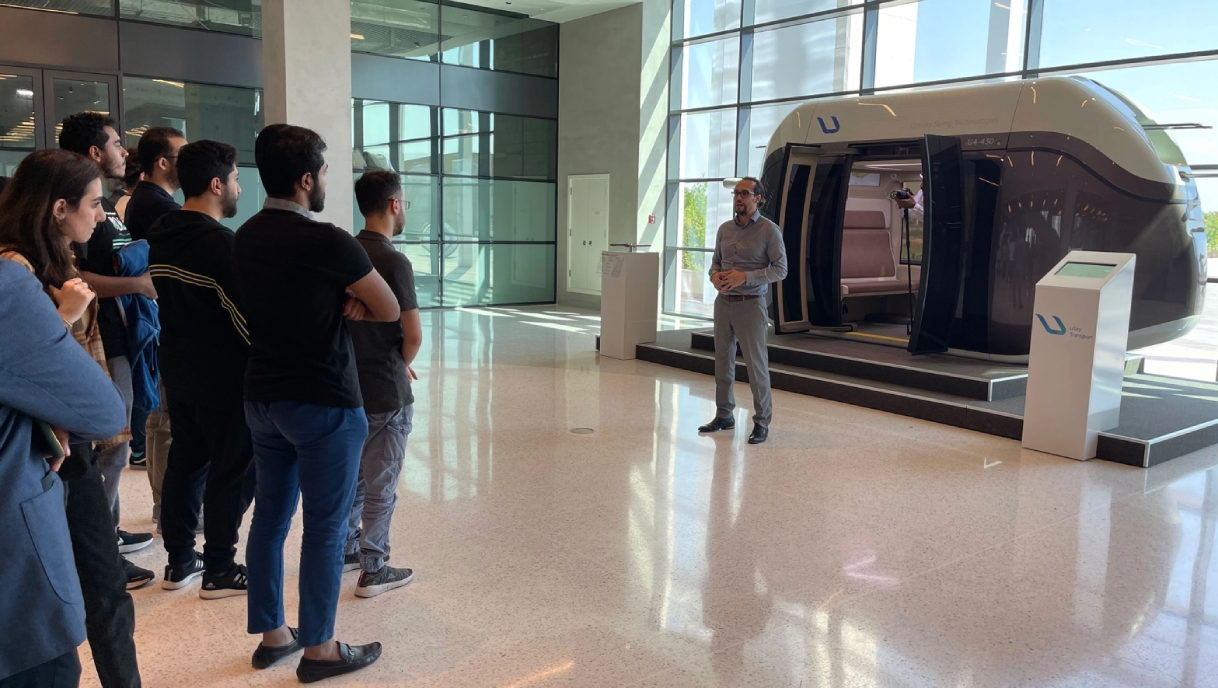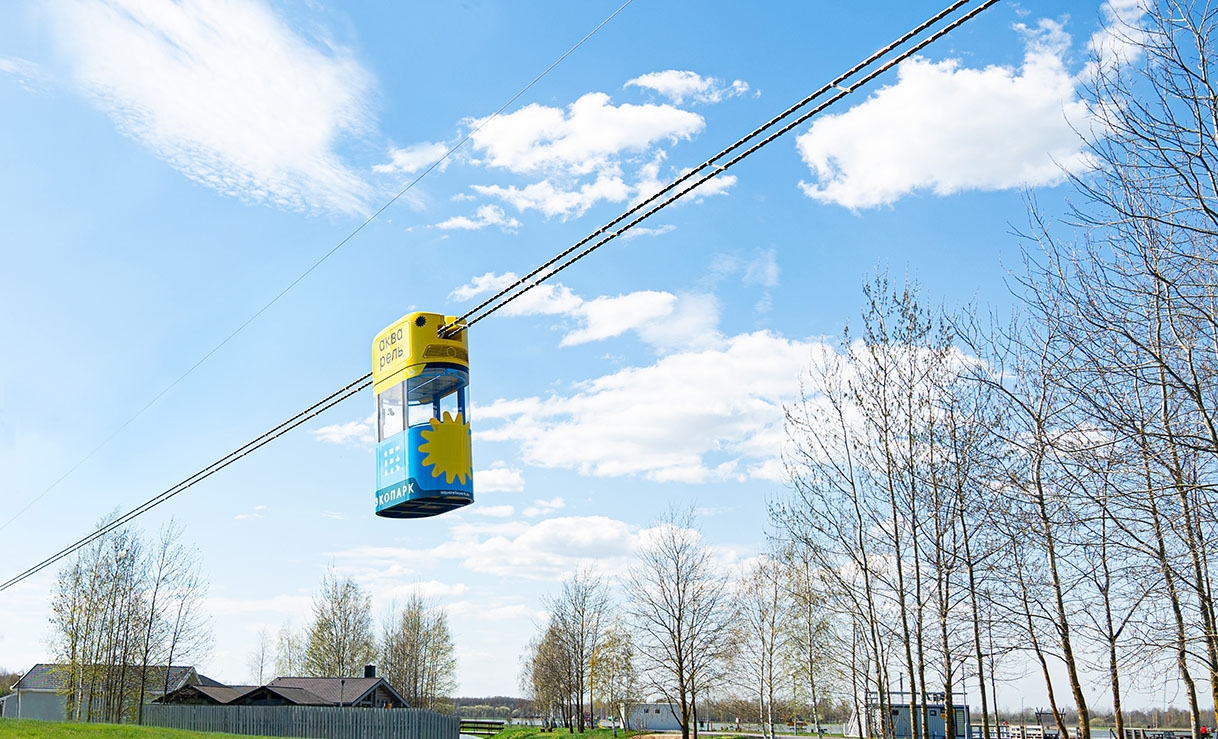The Functional and System Analysis Office Makes a Strong Contribution to uST Transport Safety

This division of UST Inc. combines several directions. They identify potential risks, formulate technical requirements for unmanned vehicles, and compile algorithms for uST transport systems. What does the office do? Let's discuss it with its head, Alexey Kakhanovich.
From scratch
The office is mainly responsible for drawing up requirements for rail electric cars. For example, safety regulations for airplanes, ships, and trains do not apply to uST Transport & Infrastructure Complexes. There are no off-the-shelf solutions for uPods. Therefore, the division has formulated their own requirements.
"Working out explicit requirements for uST transport makes the process much simpler and saves resources. The wrong way of implementation in the early stages will always incur excessive costs," says Alexey Kakhanovich.
Safety first
Potential risk management is another crucial occupation of the office. First of all, they analyze all safety-related issues and assess what kind of malfunctions may occur with a system. Identified risks and mitigation measures are recorded in detail. Based on this data, engineers then modify the requirements and design of the car to improve its safety.
In public transport, a passenger who misses the entrance can be jammed while the doors are closing. Thanks to sensors along the entire height of the doorway, this is not the case with uPods.
"Our office not only improves safety. Risk management also has an economic effect. The sooner we discover a problem and find a way to solve it, the less money we have to spend on fixing it later," explains the Office Head.
Working with algorithms
The development of algorithms for uPod systems is also one of our functions. Here, the office is a bridge between the designers and the programmers. The specialists of the division describe in block diagrams how the designer sees the correct operation of his product and the different control modes. The data are then submitted to the programmers, who translate this into code.
"The programmer's job is to implement the system control properly. But he doesn't have to know, for example, what cabin temperature we need for comfortable transportation. His function is to write when to turn the electric heater on and off. Our responsibility is to provide algorithms for the correct and efficient operation of transport systems," sums up Alexey Kakhanovich.
More news

News
25 July 2024
Forbes Published an Expert Opinion of UST Inc.'s CEO Nadezhda Kosareva
The article focuses on the problem of integration of science and business, specializing in the development of high-tech inventions.

News
9 December 2022
uST Transport is Presented at the Sharjah Scientific Research Park
uST transport stand appeared in the Sharjah Research, Technology and Innovation Park (SRTIP). It displays a passenger four-seat uCar U4-430 in a tropical version.

uLite
30 October 2023
Modular design and high-strength materials: how uLite works
The unmanned electric vehicle moves using motor-wheels with a modified contact of the wheel-rail pair.


